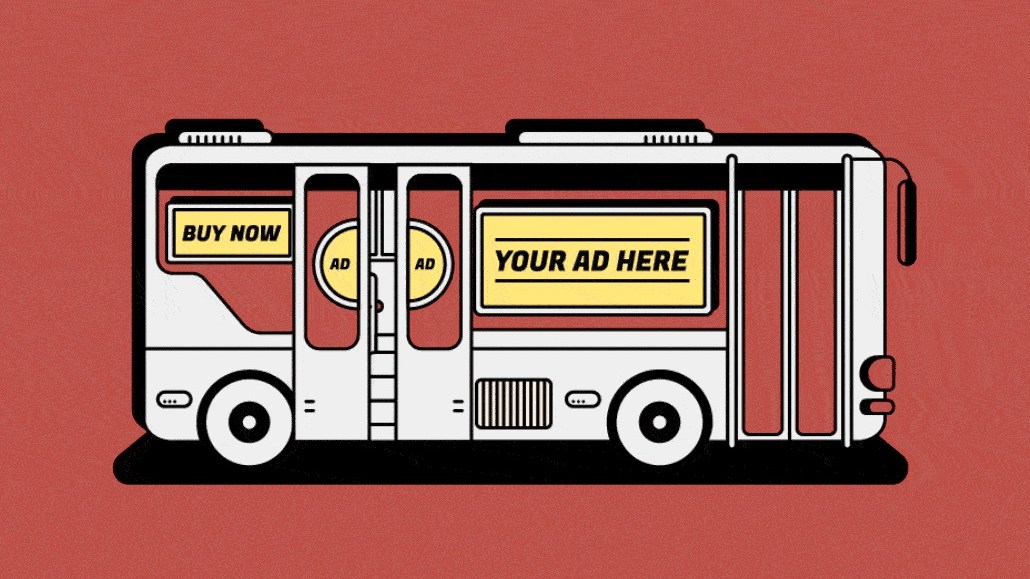Foot Locker is showcasing staffers, popular musicians through social media and digital out-of-home to appeal to Gen Z

For the holiday season, Foot Locker is leveraging social media and digital out-of-home to showcase its employees. The shoe store chain is doing so in order to strengthen the relationship between the company, its employees and its consumers, all while celebrating and driving sneaker culture globally.
New ads, which will appear on Instagram, TikTok, Facebook, digital displays and Snapchat, were made using only iPhone footage captured by partygoers as the holiday videos emphasize a mobile-first approach. Foot Locker footwear and apparel are featured in the footage, as well as a series of holiday party events and experiences. Musicians and other talent from across the world are also featured in the campaign.
“We wanted a cross section of global talent who embody that passion [for footwear], which is how we landed on Yung Gravy, BIA, and Lunay who are all avid sneaker lovers,” said Holly Tedesco, Foot Locker’s vp of marketing, adding that BIA used to be a Foot Locker employee before rising to fame. The artists are all based in the United States and they also have a huge following on social media platforms Instagram and TikTok. Tedesco made it clear that the true stars of the campaign are its Foot Locker employees, who are an integral part of the fabric of sneaker culture.
Details of the financial agreement between the brand and the talent were not disclosed. Musicians Yung Gravy, BIA and Lunay were tapped for the effort as their music resonates with the Gen Z audience which makes up for a large portion of their following on Instagram and TikTok, according to the social media analytical tool SproutSocial. The brand is taking this approach to appeal to Gen Z because that demographic spends their time interacting with sneaker culture on the social apps, Tedesco said.
The video spots were published this month across Foot Lockers social media accounts YouTube, TikTok, Instagram, Snapchat and Facebook. “These platforms were chosen based on a lot of testing throughout the year and we have learned that we see the highest engagement and conversion here,” said Tedesco, who added the brand worked with its employees and artists to provide cuts of the videos and stills so they could connect with its audience authentically on their own social accounts.
It is unclear how much of Foot Locker’s advertising budget is allocated to this campaign as Tedesco declined to share overall budget specifics. According to Pathmatics data, the brand spent a little over $27 million so far on advertising efforts in 2022, which is a little lower than $34 million the brand spent in 2021.
On TikTok and other platforms that Gen Z enjoys, and where brands like Foot Locker are eager to place marketing, authenticity is important for brands to convey. As a result, it’s important for brands to get it right when it comes to inclusivity and being in the moment and in sync with consumer experiences.
“By filming the campaign solely through iPhone footage captured from the perspective of party attendees, the target audience will truly feel like they are part of the brand,” said Brandon Brown, CEO at Grin, a content creator management platform. “Foot Locker’s new holiday campaign hits the mark as it’s all about inclusivity and making consumers part of the product experience.”
More in Marketing

As the line between B2B and B2C marketing blurs, Workday taps humor in consumer-facing media channels
As the crowded digital landscape challenges marketers to stand out, B2B company Workday tests a B2C marketing strategy.

How the NBA’s broadcast rights tussle could affect advertisers
Streaming could change the NBA advertising landscape, say media experts.

Ad tech vendor Colossus faces scrutiny for alleged mismanaging IDs
Concerns stem from a report by ad transparency startup Adalytics, which discovered that Colossus was mislabeling IDs, leading to unintended ad purchases.







